Gardeners warned never to make these 5 bird box mistakes if you want to encourage wildlife to your yard
Avoiding these common errors to keep your yard birds safer as well as happier
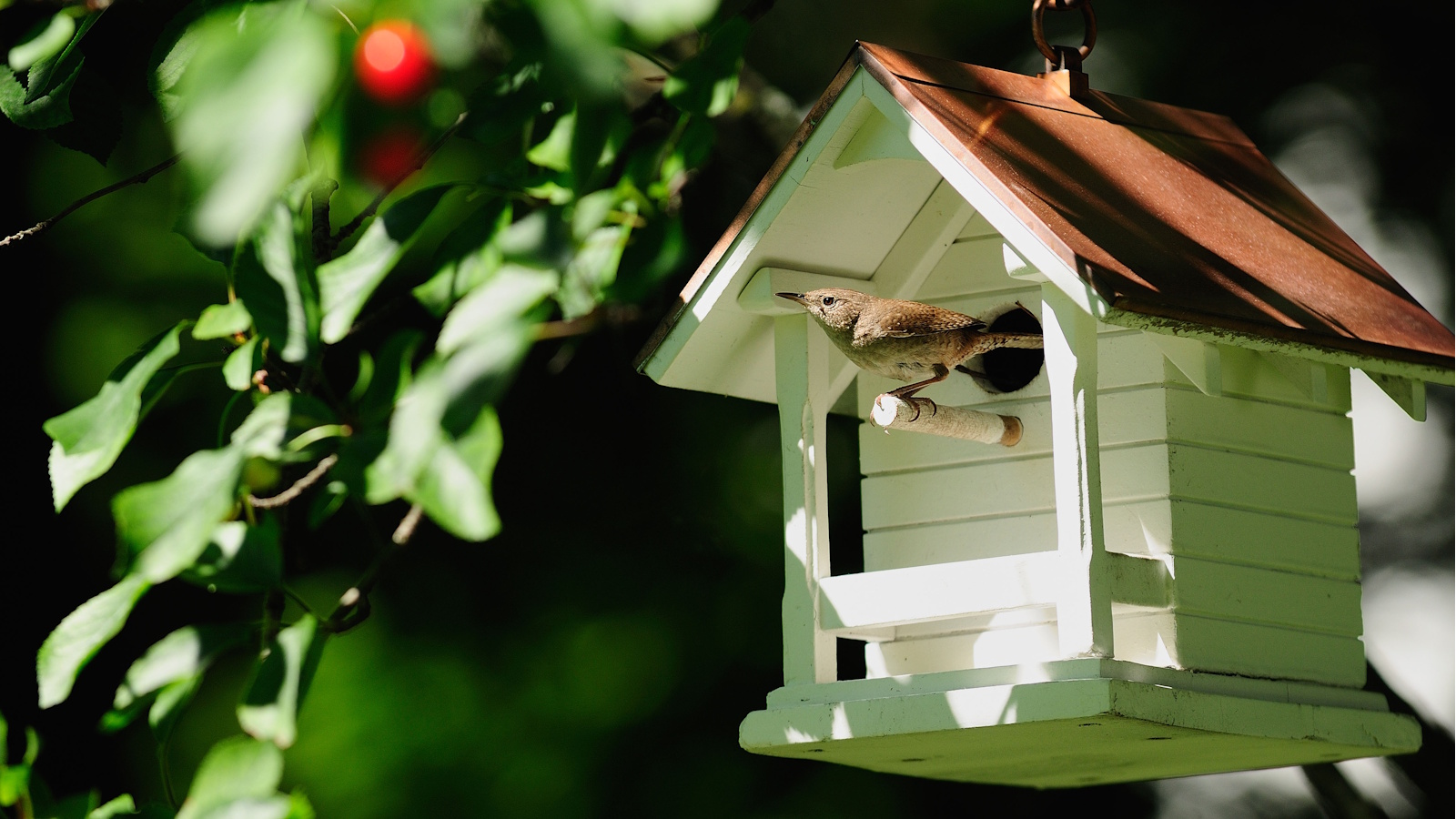

If you want to encourage wild birds to your yard, what better way to make them feel at home than to put up some bird boxes. These houses, coming in many shapes, styles and sizes, are ideal to provide feathery friends with shelter as well as a place to lay eggs.
That being said, it isn't as simple as haphazardly hanging up some bird boxes and waiting for birds to settle in. Even the best birdhouses will struggle to find inhabitants if they aren't placed properly and thoughtfully in your yard.
To help you avoid making mistakes with your bird house ideas, we talked to an avian expert to learn the top errors people make when purchasing and positioning their bird boxes. From not considering the height your bird box is placed from the ground to its proximity away from predators, bypassing these pitfalls is a must.
1. Placing boxes too close to the ground
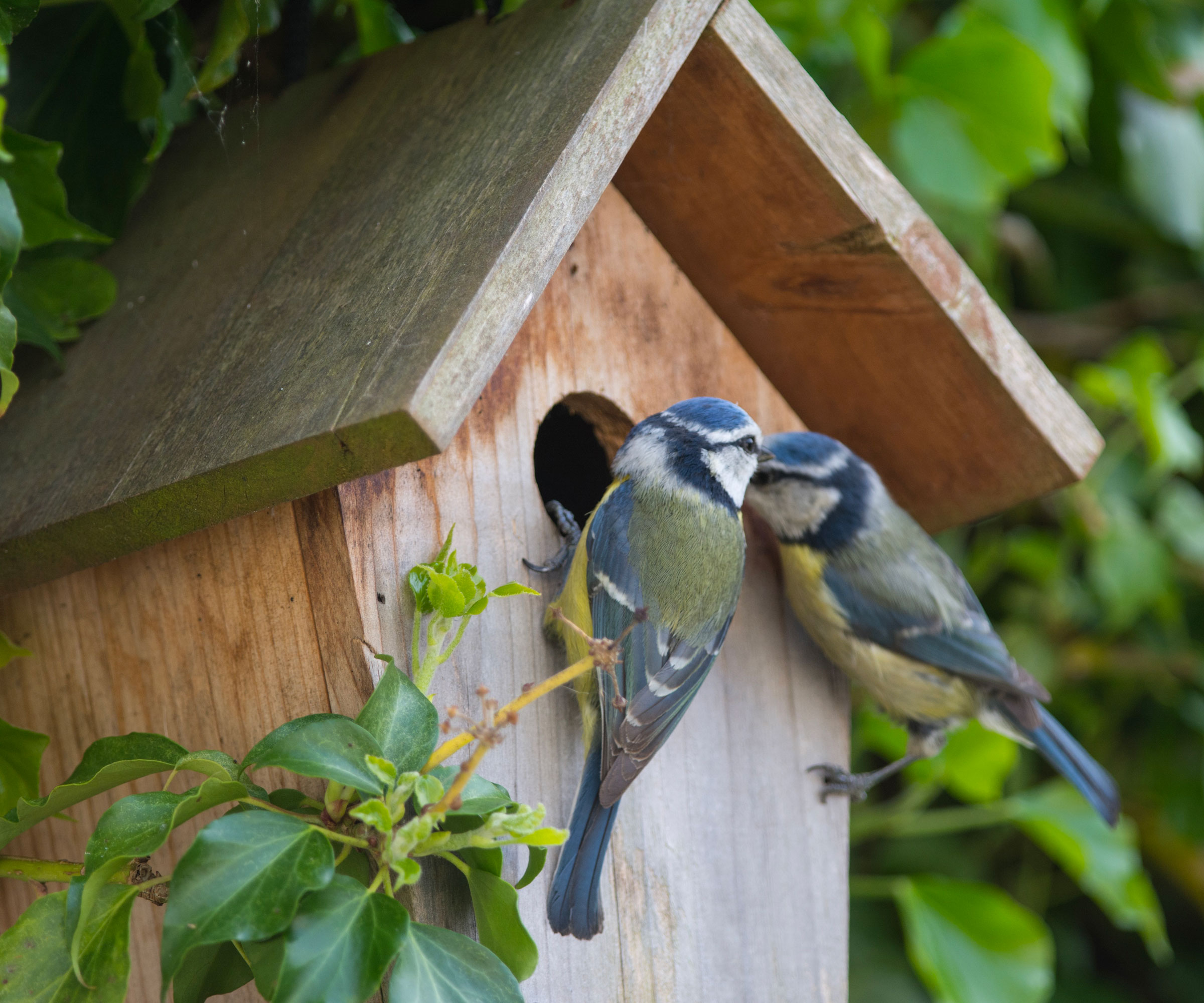
Many people make the mistake of placing their bird boxes low down, as doing so keeps them easier to access for cleaning and maintenance. But think of life from a bird's perspective and you'll immediately see why this is a potentially fatal error.
Rocky Trifari, bird enthusiast and owner of The Rocky Safari, says, 'Bird boxes that are too close to the ground are a prime target for predators including cats and raccoons. This is even worse if your bird box has a perch as you're giving predators an invitation to climb right up to the box entrance.'
To stay on the safe side and help birds during breeding season, it's recommended to place bird boxes between two and five meters off of the ground.
This is high enough to give your birds a sense of security but not too high to access on a ladder when the box needs a good cleaning.
Design expertise in your inbox – from inspiring decorating ideas and beautiful celebrity homes to practical gardening advice and shopping round-ups.
The HART 25-foot auto-lock measuring tape from Walmart will be a great help when checking the height of your bird boxes as the tape will stay upright in the air.
2. Placing your bird box in the wrong direction
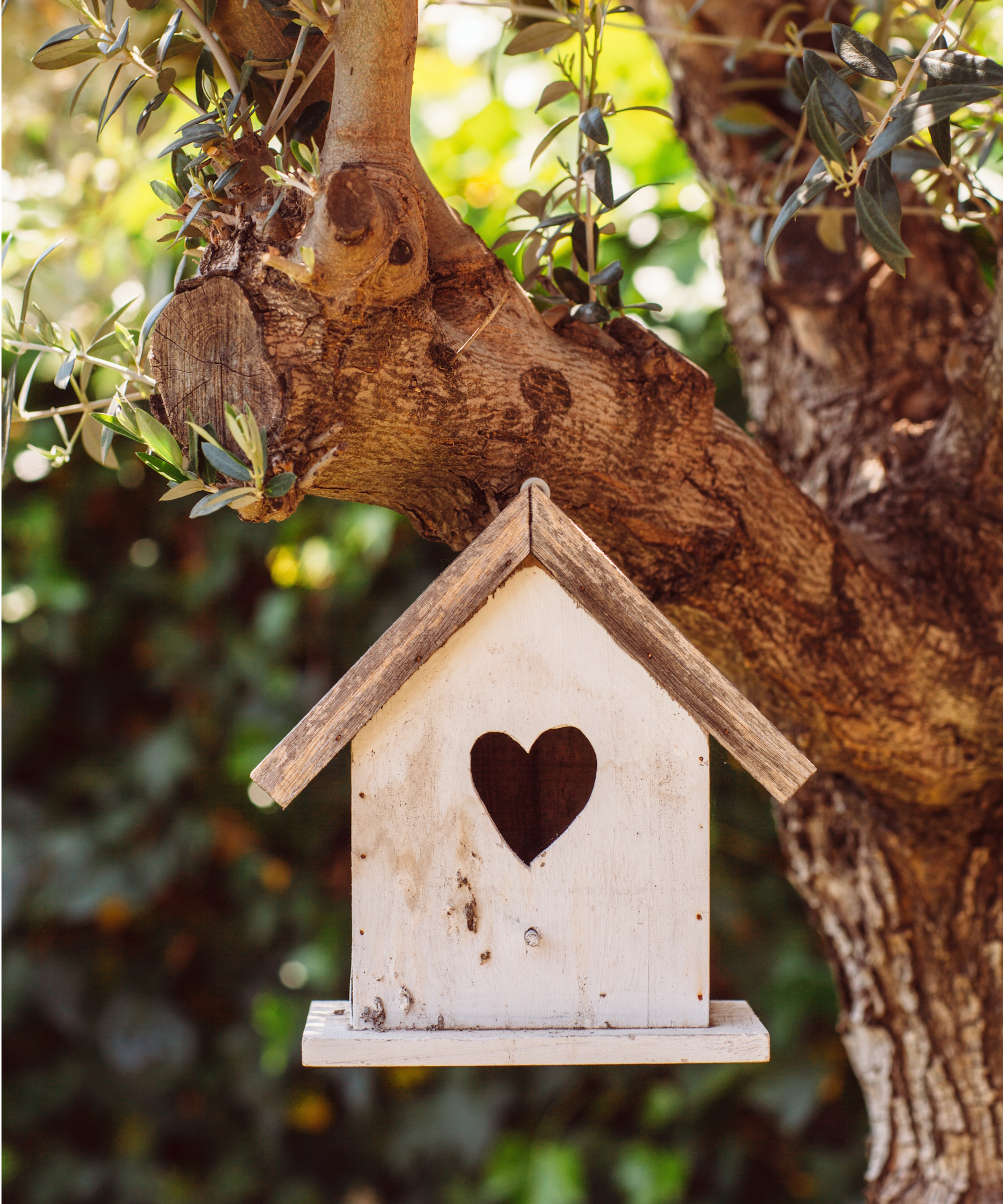
The direction your bird box is facing matters for many reasons. If your bird box is facing inwards towards a tree for example, birds can fly in and out of the little home less easily.
Depending on whether your yard is north or south facing, too, you might be unintentionally placing your birds in the full brunt of the sun, causing risks of overheating and increased dehydration.
'The direction the box faces matters more than people realize,' says Rocky. 'Facing it toward strong winds or harsh sun can make the inside too hot or wet. Opting to have your bird box facing east or southeast is best.'
East and southeast directions tend to receive less direct sunlight than south-facing locations, so it's scientifically better to help garden birds in summer by choosing the former directions for your bird boxes.
If you're like me and have no idea how to sun map your garden, using a compass like the Moncolis military sighting compass from Walmart will tell you the answer.

Rocky Trifari, is the bird enthusiast behind The Rocky Safari, where he has been documenting his wildlife encounters and birding adventures for over a decade.
3. Not considering the size of the entrance
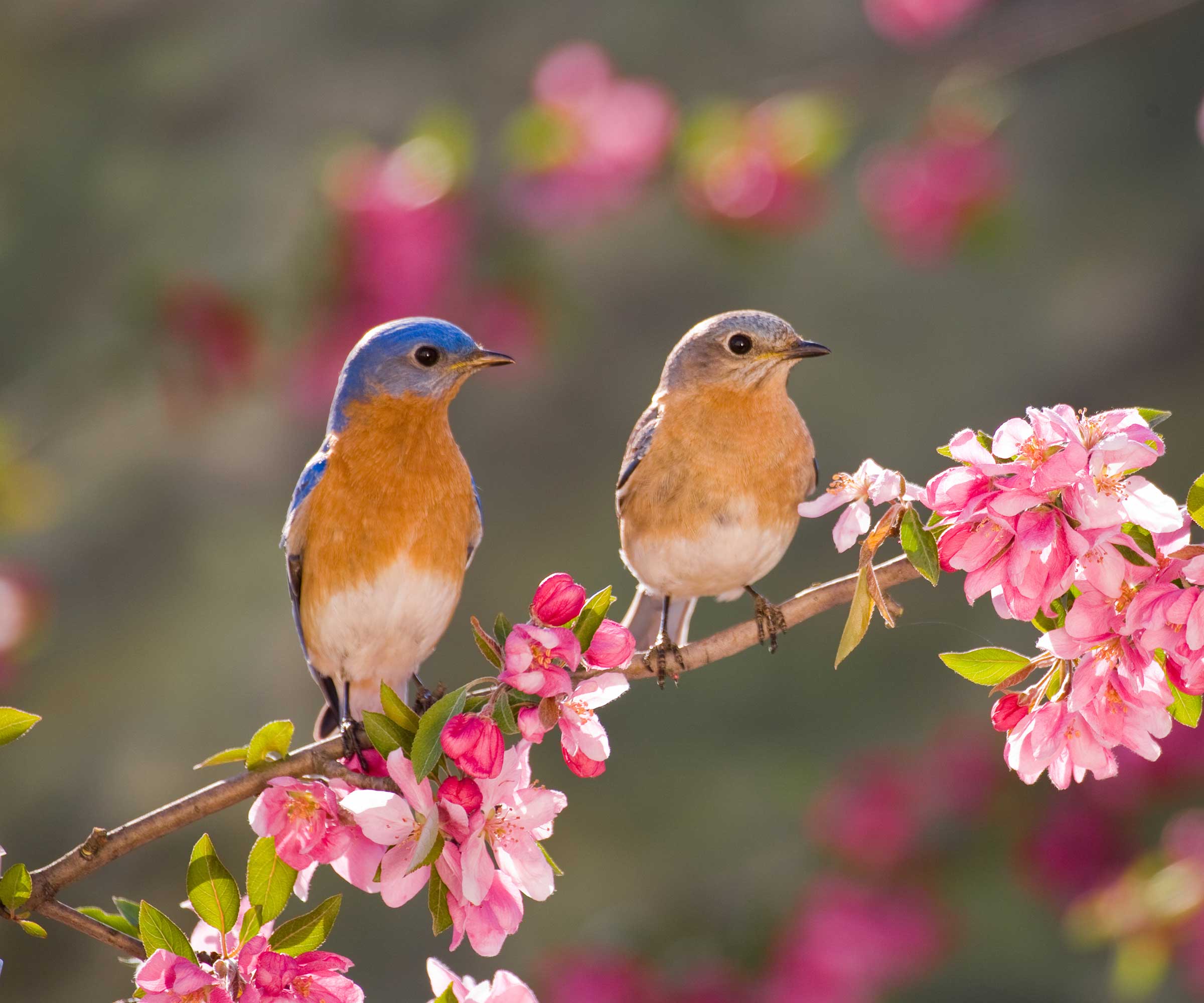
If you're trying to attract larger birds using a bird box designed for blue tits they simply won't be able to fit.
Similarly if you're attempting to entice smaller birds into your garden using a box with a larger entrance, they will be subjected to more drafts and could be attacked by larger birds wishing to take over the bird box for themselves.
Considering the size of your bird box entrance holes is, therefore, a must as a matter of safely, sense, and even improving your garden as birds can benefit your backyard and boost your wellbeing in so many ways.
'If you’re hoping to attract a certain bird, it’s worth checking the right hole size for that species,' says Rocky. 'You can do a bit of research online and find this information for each species before making any purchases or DIYs.'
4. Placing too many bird boxes close together
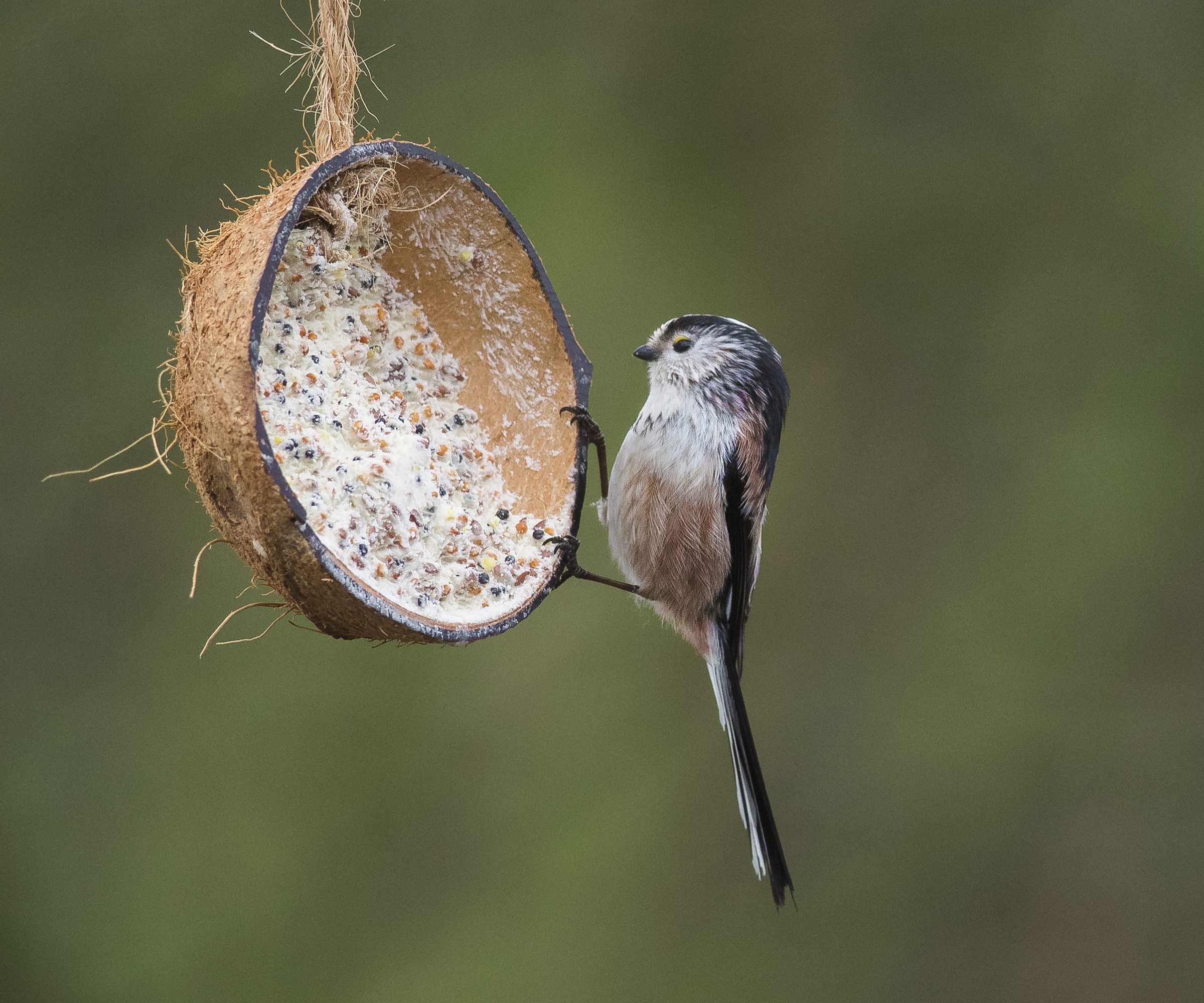
It may sound nice in theory to hang an abundance of varying sized bird boxes from the same tree, creating a lovely bird neighborhood. But in reality birds like their own space and may be driven away if too many other species' are around.
'Some birds are territorial and really need their space,' says Rocky. 'Spacing your bird boxes out is a top birdhouse idea and expert tip, and doing so will help to keep the peace, preventing you yard's visitors from feeling stressed.'
It's recommended to keep bird boxes at least 25 feet apart. This may sound like a big distance, especially if you have a smaller yard, but your birds will be far happier for it.
5. Neglecting to clean out your bird boxes
Just as you need to clean a bird bath, it's important to clean your bird boxes. A lot of birds will flat out refuse to nest in an unhygienic bird box, meaning your yard won't be welcoming any new faces this summer. But what needs considering more is what could happen if they still try to anyway: illnesses, mites, the list could go on but these negative repercussions can be prevented with a thorough clear-out.
'Old nesting material can attract mites or mold, which will drive birds away,' says Rocky. 'A quick clean at the end of each nesting season to switch out any remaining nesting materials and remove any lingering dirt makes a big difference.'
Boiling water and wildlife-friendly disinfectant such as the soy based birdhouse spray from Amazon is an effective, safe combination to refresh your bird boxes for another year.
If you're curious to learn more about keeping your new feathery friends comfortable and safe, read up on the legal restrictions around protecting nesting birds and when it's too late to cut hedges to protect nesting birds.

Ciéra is a writer and regional laureate with particular passions for art, design, philosophy and poetry. As well as contributing to Homes & Gardens, she's an Editorial Assistant for Design Anthology UK and a contributing writer for magazines including Livingetc, Apartment Therapy, House Beautiful and Ideal Home. Previous commendations of hers include being Highly Commended by The Royal Society of Literature and receiving a prestigious MA Magazine Journalism scholarship to City, University of London.
You must confirm your public display name before commenting
Please logout and then login again, you will then be prompted to enter your display name.